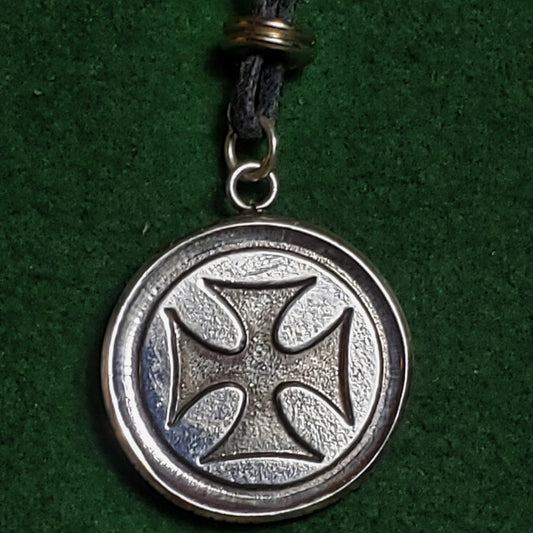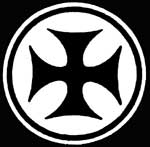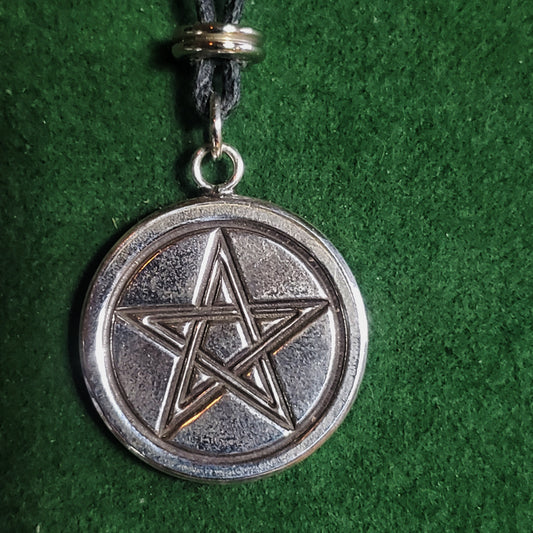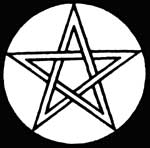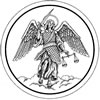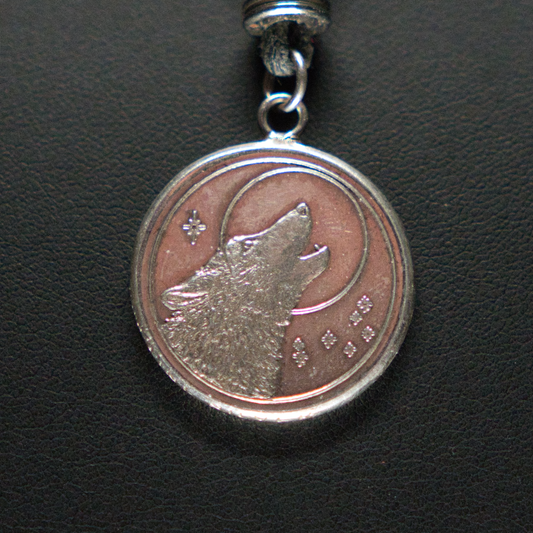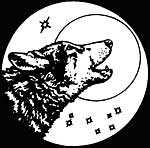
Dragon derives from the Greek 'drakon,' meaning "large serpent." Celtic kings in Britain were called "dragons"; in Arthurian legends, Uther, father of Arthur, was named the Pendragon (Head Dragon) or High King.
In Chinese mythology, the celestial dragons guard the abodes of the gods; dragon spirits, who rule over wind and rain but can also cause flooding; earth dragons, who cleanse the rivers and deepen the oceans; treasure guarding dragons; and the imperial dragons, who have five claws instead of the usual four. In Taoism, the dragon represents the yang principle and is often portrayed as surrounded by water or clouds. The Chinese dragon is thus associated with sublime elemental powers.
In European mythology, a dragon is a serpent-like legendary creature. The Dragon is sometimes known by the Nordic word ormr (Old English wyrm means serpent — Draco means dragon). Though a winged creature, the dragon is generally found in its chthonic lair, a cave that identifies it as an ancient earth creature, like the mythic serpent, that was a source of knowledge even in Eden.
The dragon of the modern period is typically depicted as a giant, scaly, horned, dinosaur-like creature with leathery wings and the ability to breathe fire. Iconically it has at last combined the Chinese dragon with the western one. It typically protects a cavern filled with gold and treasure and is usually associated with a great hero who attempts to slay it. Many modern stories represent dragons as intelligent creatures who can talk, some with the ability to use magic. Often dragons are incredibly ancient. Some are helpful and wise, whom heroes can consult for advice, while others are greedy and guard a vast hoard of treasure.
For the Greeks of the Classical times, dragons were terrifying serpent-like earth-born remnants of an earlier age, dark creatures that had to be heroically eliminated. Dragons were guardians of underground power sources and often guarded the more literal sources, springs, where the watery underworld burst to the surface. The water dragon most widely depicted was called the "Hydra." The serpent-like dragon guardian of the spring or cleft, where healing and oracular properties must not be approached without caution, was a protector of the original inhabitants of Greece (Pelasgians) and their prehistoric lore. Always, in the literary myths that have survived, the hero from the new Olympian age is seen to destroy the dragon, never to consult it. At Delphi, the ancient oracle came from the Goddess's serpentine dragon deep in the aperture, the Python and his seeress, but Apollo "saved" the inhabitants of Delphi from its "ravages"— then assumed the oracular powers for himself.
Dragons of Slavic mythology hold mixed temperaments towards humans. For example, dragons in Bulgarian mythology are either male or female, each gender having a different view of humanity. The female and male dragons, often seen as brother and sister, represent various forces of agriculture. The female dragon represents harsh weather and is the destroyer of crops, the hater of humanity, and is locked in a never-ending battle with her brother. The male dragon protects the humans' crops from destruction and generally loves humanity. Fire and water play significant roles in Bulgarian dragon lore; the female has water characteristics, while the male is usually a fiery creature. In Bulgarian legend, dragons are three-headed, winged beings with snake bodies.
The most famous dragons in Norse mythology and Germanic mythology are Jormungand, a form of cobra so big that the earth-disc can be encircled by it; the dragon encountered by Beowulf; and Fafnir, who Siegfried killed. Fafnir turned into a dragon because of his greed. Many European stories of dragons have them guarding a treasure hoard. Fafnir's and Beowulf's dragons guarded earthen mounds full of ancient treasure. The treasure was cursed and brought ill to those who later possessed it.
Dragons in the emblem books popular from late medieval times through the 17th century often represent the dragon as an emblem of greed. (some quotes are needed) The prevalence of dragons in European heraldry demonstrates that there is more to the dragon than greed.
Although today we associate dragons almost universally with fire, in medieval legend, the creatures were often associated with water, guarding springs, or living near or under water.
Other European legends about dragons include "Saint George and the Dragon," in which a brave knight defeats a dragon holding a princess captive. This legend may be a Christianized version of the myth of Perseus or the mounted Phrygian god Sabazios vanquishing the chthonic serpent, but its origins are obscure. Saint George is the Patron Saint of England. Meanwhile, across the border, a red dragon is represented on the Welsh flag. Due to this clash of symbolism, few George and the Dragon pubs in Wales exist.


